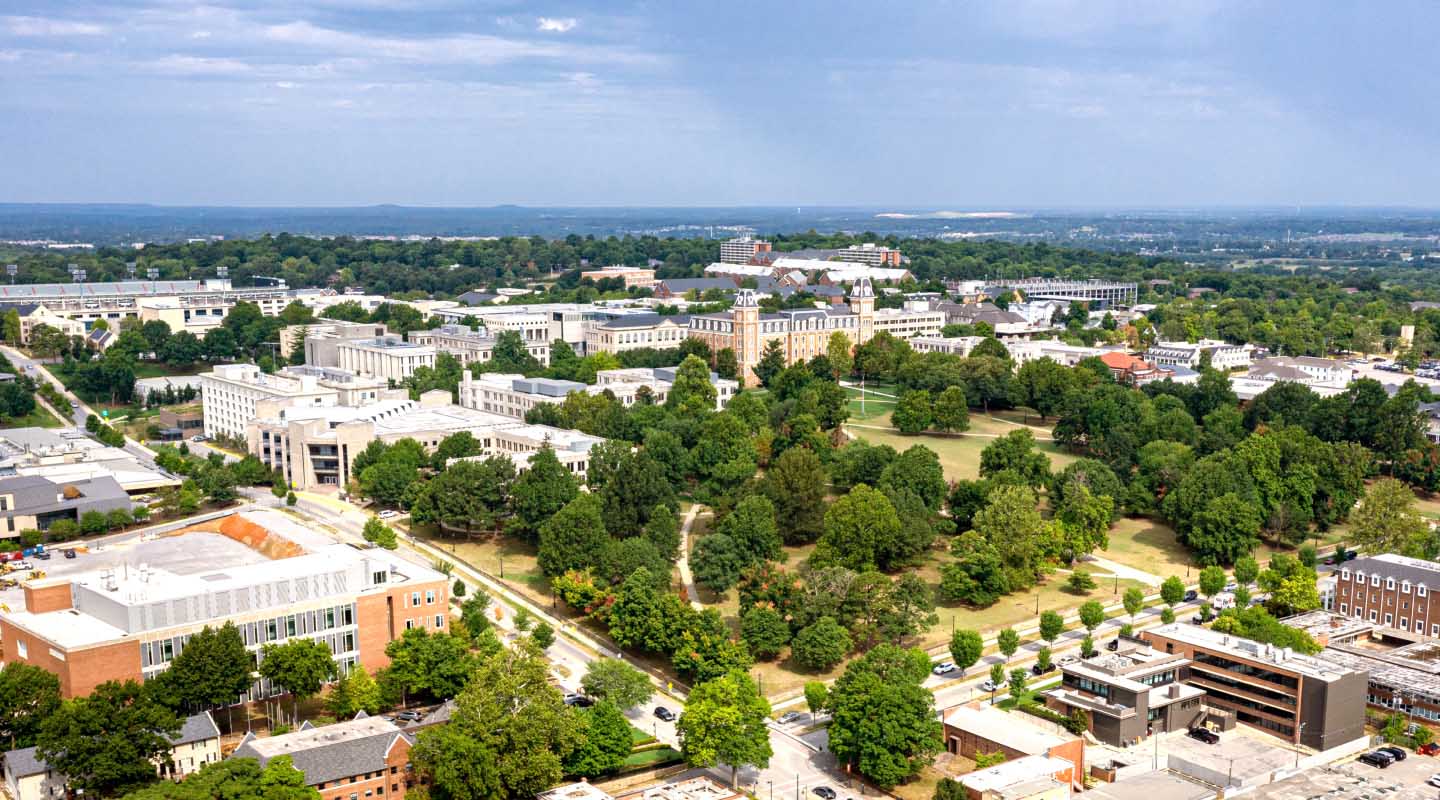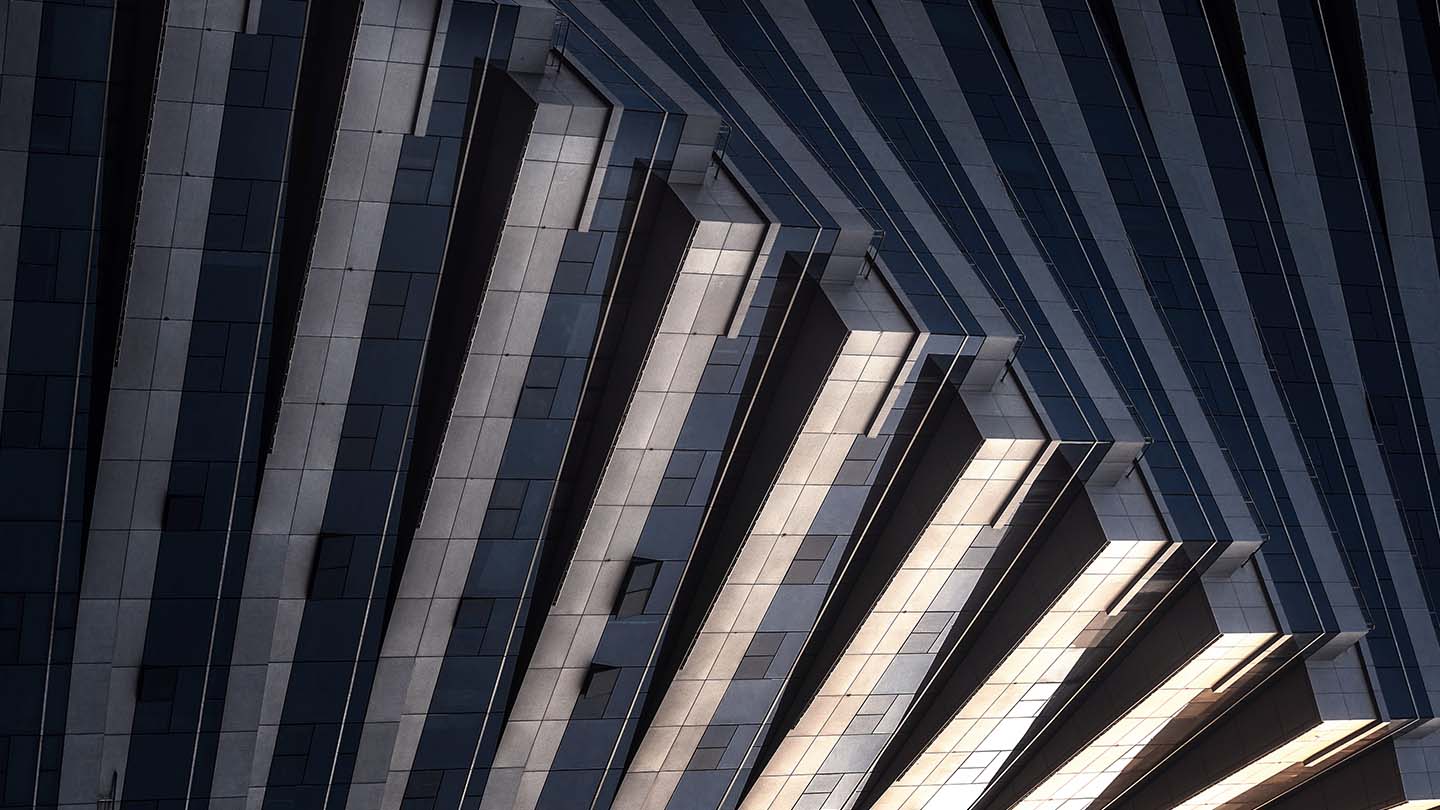From startups to legacy brands, you're making your mark. We're here to help.
-
Innovation Economy
Fueling the success of early-stage startups, venture-backed and high-growth companies.
-
Midsize Businesses
Keep your company growing with custom banking solutions for middle market businesses and specialized industries.
-
Large Corporations
Innovative banking solutions tailored to corporations and specialized industries.
-
Commercial Real Estate
Capitalize on opportunities and prepare for challenges throughout the real estate cycle.
-
Community Impact Banking
When our communities succeed, we all succeed. Local businesses, organizations and community institutions need capital, expertise and connections to thrive.
-
International Banking
Power your business' global growth and operations at every stage.
Key Links
Prepare for future growth with customized loan services, succession planning and capital for business equipment.
-
Asset Based Lending
Enhance your liquidity and gain the flexibility to capitalize on growth opportunities.
-
Equipment Financing
Maximize working capital with flexible equipment and technology financing.
-
Trade & Working Capital
Experience our market-leading supply chain finance solutions that help buyers and suppliers meet their working capital, risk mitigation and cash flow objectives.
-
Syndicated Financing
Leverage customized loan syndication services from a dedicated resource.
-
Commercial Real Estate
Capitalize on opportunities and prepare for challenges throughout the real estate cycle.
-
Employee Stock Ownership Plans
Plan for your business’s future—and your employees’ futures too—with objective advice and financing.
Key Links
Serving the world's largest corporate clients and institutional investors, we support the entire investment cycle with market-leading research, analytics, execution and investor services.
-
Institutional Investors
Putting your long-tenured investment teams on the line to earn the trust of institutional investors.
-
Markets
Direct access to market leading liquidity harnessed through world-class research, tools, data and analytics.
-
Prime Services
Helping hedge funds, asset managers and institutional investors meet the demands of a rapidly evolving market.
-
Global Research
Leveraging cutting-edge technology and innovative tools to bring clients industry-leading analysis and investment advice.
-
Securities Services Solutions
Helping institutional investors, traditional and alternative asset and fund managers, broker dealers and equity issuers meet the demands of changing markets.
Key Links
Providing investment banking solutions, including mergers and acquisitions, capital raising and risk management, for a broad range of corporations, institutions and governments.
-
Center for Carbon Transition
J.P. Morgan’s center of excellence that provides clients the data and firmwide expertise needed to navigate the challenges of transitioning to a low-carbon future.
-
Corporate Finance Advisory
Corporate Finance Advisory (“CFA”) is a global, multi-disciplinary solutions team specializing in structured M&A and capital markets. Learn more.
-
Development Finance Institution
Financing opportunities with anticipated development impact in emerging economies.
-
Sustainable Solutions
Offering ESG-related advisory and coordinating the firm's EMEA coverage of clients in emerging green economy sectors.
-
Mergers and Acquisitions
Bespoke M&A solutions on a global scale.
-
Capital Markets
Holistic coverage across capital markets.
Your partner for commerce, receivables, cross-currency, working capital, blockchain, liquidity and more.
Key Links
A uniquely elevated private banking experience shaped around you.
-
Banking
We have extensive personal and business banking resources that are fine-tuned to your specific needs.
-
Investing
We deliver tailored investing guidance and access to unique investment opportunities from world-class specialists.
-
Lending
We take a strategic approach to lending, working with you to craft the right financing solutions matched to your goals.
-
Planning
No matter where you are in your life, or how complex your needs might be, we’re ready to provide a tailored approach to helping your reach your goals.
Whether you want to invest on your own or work with an advisor to design a personalized investment strategy, we have opportunities for every investor.
-
Invest on your own
Unlimited $0 commission-free online stock, ETF and options trades with access to powerful tools to research, trade and manage your investments.
-
Work with our advisors
When you work with our advisors, you'll get a personalized financial strategy and investment portfolio built around your unique goals-backed by our industry-leading expertise.
-
Expertise for Substantial Wealth
Our Wealth Advisors & Wealth Partners leverage their experience and robust firm resources to deliver highly-personalized, comprehensive solutions across Banking, Lending, Investing, and Wealth Planning.
For Companies and Institutions
-
Commercial Banking
From startups to legacy brands, you're making your mark. We're here to help.
-
Institutional Investing
Serving the world's largest corporate clients and institutional investors, we support the entire investment cycle with market-leading research, analytics, execution and investor services.
-
Payments
Your partner for commerce, receivables, cross-currency, working capital, blockchain, liquidity and more.
-
Credit & Financing
Prepare for future growth with customized loan services, succession planning and capital for business equipment.
-
Investment Banking
Providing investment banking solutions, including mergers and acquisitions, capital raising and risk management, for a broad range of corporations, institutions and governments.
For Individuals
-
Private Bank
A uniquely elevated private banking experience shaped around you.
-
Wealth Management
Whether you want to invest on you own or work with an advisor to design a personalized investment strategy, we have opportunities for every investor.
Explore a variety of insights.
Key Links
Insights by Topic
Explore a variety of insights organized by different topics.
Key Links
Insights by Type
Explore a variety of insights organized by different types of content and media.
Key Links
We aim to be the most respected financial services firm in the world, serving corporations and individuals in more than 100 countries.
Key Links
- Insights
- Real Estate
- Commercial Term Lending
- Los Angeles multifamily market update

3 min read
Los Angeles’ multifamily market, supported by diversified employment sectors and sustained housing demand, faces new challenges following the January 2025 wildfires that affected more than 18,000 structures in Los Angeles County.
“Our thoughts are with everyone who’s been impacted by the devastating wildfires,” said Lynnette Antosh, Senior Regional Sales Manager at Chase. “We’re in close communication with clients who have been affected and are working to provide assistance however we can.”
While the full community impact of the wildfires is still being assessed, LA’s diverse economic base remains a major engine powering its multifamily market.
Los Angeles vacancies are projected to stabilize at around 4.4% by year-end, according to Moody’s, remaining below the national average of 6% despite significant new construction in the metro area. Asking rents are expected to rise 2.3% year over year. The projections, prepared based on data from the fourth quarter of 2024, don’t account for displacement caused by the fires.
“Los Angeles remains a dynamic and robust metro,” said Matthew Krasinski, Senior Regional Sales Manager at Chase. “Multifamily fundamentals continue to click along.”
Robust workforce housing demand in LA
The Los Angeles apartment market added nearly 5,000 new apartment units in 2024, according to Moody’s. Population growth accelerated along with construction, but not enough to offset a 1.6% population decline since the start of the pandemic.
Still, supply and demand “struck a relative balance in LA,” said Lu Chen, Director and Senior Economist at Moody’s. “The growing number of households allowed the recent inventory growth to be balanced off.”
That kept the city’s overall vacancy flat in the second half of 2024. But vacancies were even tighter at Class B and C properties: 3.5%, compared with 5.5% for Class A properties, according to Moody’s.
“Workforce and affordable housing properties tend to be well-insulated from the impact of new construction,” Krasinski said.
Interest rate uncertainty
The Federal Reserve began easing interest rates in 2024 but paused cuts once anticipated for early 2025. Predicting rate decreases is complex, depending on factors including the labor market, inflation and how the new administration’s policies will affect economic trends.
Cap rates have risen slightly in response to the elevated interest rate environment, and while there’s been some softness in property values, they’ve generally held up well, Krasinski said.
“In situations like this, there’s an expectation that there would be significantly discounted deals, but that’s just not happening. Everybody’s holding their chips and looking for opportunities to strategically deploy them,” he said.
Investors seeking or refinancing apartment loans should consider prepayment options that provide flexibility when interest rate relief arrives.
Optimizing cash management
Rising operational costs require strategic liquidity management. Investors can improve their cash positions by using automated payment systems to collect payments faster while establishing longer payment terms with vendors. Even cash reserves required for operations can earn interest.
Creating a liquidity management plan—or reviewing your existing plan—with your treasury services team can help you make the most of your liquidity.
“When you’re working with experts who specialize in working with commercial real estate investors and have products tailored to real estate investors, it can help you make sure you’re deploying capital efficiently,” Antosh said.
Rising insurance costs
A variety of property management expenses have been increasing, but insurance costs have seen especially large jumps.
Underwriters closely evaluate property maintenance and building systems when setting premiums, so staying on top of capital projects that keep a property in good shape can help, Krasinski said.
“Insurers will look at how recently you’ve replaced the roof, the pipes a building has or whether the electrical system has been upgraded,” he said. “It’s about controlling the factors you can.”
Whether you’re ready for financing or looking to streamline your operations, reach out to our Los Angeles lending, payments and liquidity team.
JPMorgan Chase Bank, N.A. Member FDIC. Visit jpmorgan.com/commercial-banking/legal-disclaimer for disclosures and disclaimers related to this content.
Get in touch
Related insights

Real Estate
3 tips for navigating commercial real estate syndications
Apr 23, 2025
Syndicated loans are key to financing large commercial real estate projects, but they can be complex. These tips can help you strengthen your financing strategy.

Real Estate
3 tips to lower your commercial real estate insurance costs
Apr 23, 2025
Commercial property insurance costs are on the rise—and on track to increase nearly 80% by 2030. Al Brooks, Vice Chair of Commercial Banking at J.P. Morgan, details how to reduce costs.

Real Estate
2025 multifamily market update for real estate investors
Apr 21, 2025
A local look at what multifamily real estate investors in cities across the country can expect over the rest of 2025.

Real Estate
Denver multifamily market update
Apr 16, 2025
Transactions are beginning to pick up in Denver, plus key trends for investors to watch in 2025.

Real Estate
Higher education’s role in workforce housing development
Apr 14, 2025
Find out how colleges and universities can help meet the need for workforce housing—and why it’s a win-win for institutions and their communities.

Real Estate
The impacts of inflation on commercial real estate
Apr 09, 2025
Higher inflation can increase financing and operating costs and decrease property values. But an inflationary environment does offer opportunities for commercial real estate.

Real Estate
Investing in opportunity across the heartland of America
Mar 26, 2025
Small cities and rural areas across America face hurdles accessing investment that powers opportunity. Find out how JPMorganChase is ramping up investment to help close the gap.

Real Estate
Portland multifamily market update
Mar 24, 2025
From shifting renter preferences to elevated interest rates, here are key trends for Portland real estate investors to watch in 2025.
You're now leaving J.P. Morgan
J.P. Morgan’s website and/or mobile terms, privacy and security policies don’t apply to the site or app you're about to visit. Please review its terms, privacy and security policies to see how they apply to you. J.P. Morgan isn’t responsible for (and doesn’t provide) any products, services or content at this third-party site or app, except for products and services that explicitly carry the J.P. Morgan name.